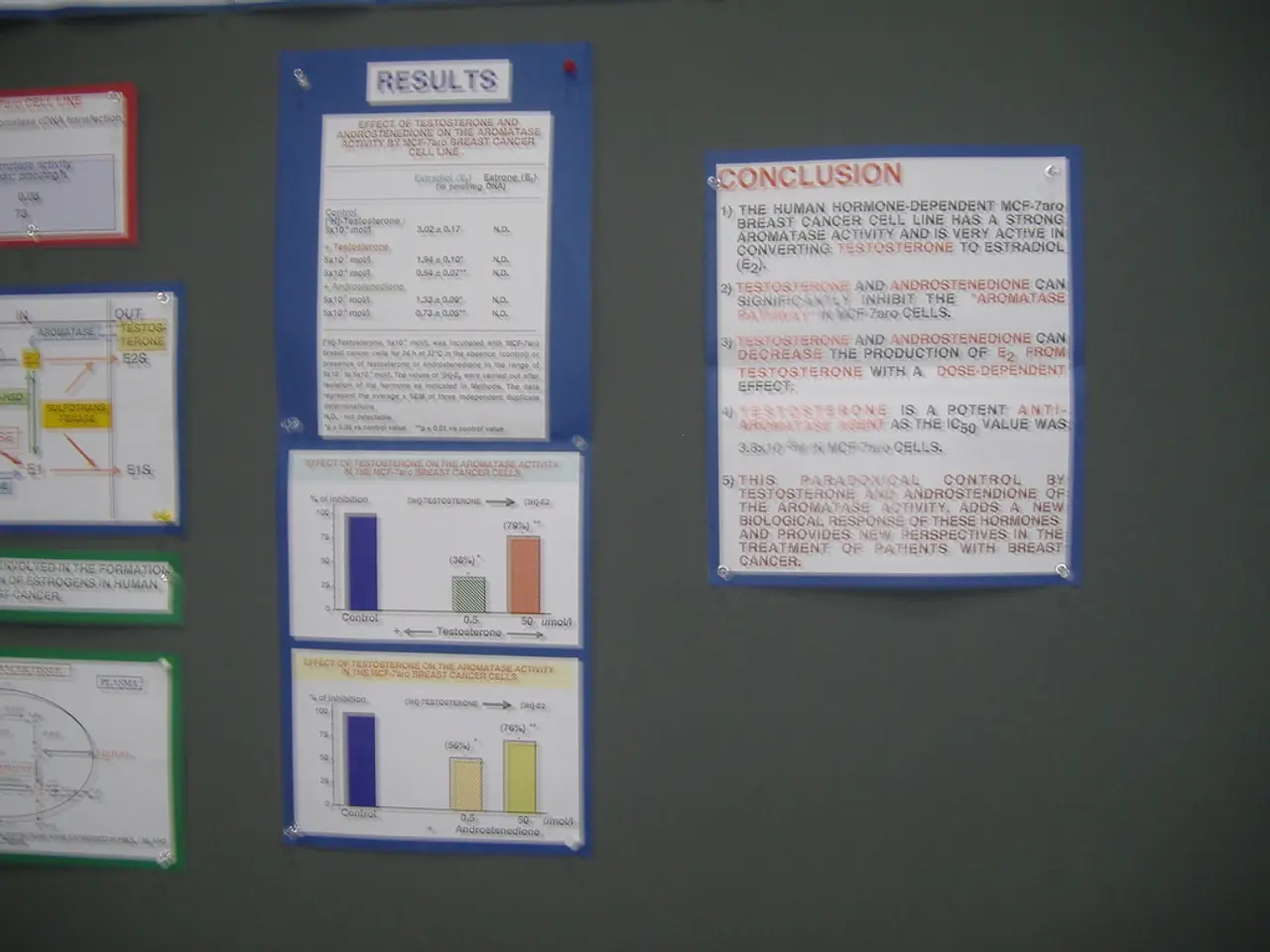Japan's leading companies increase capital expenditure by 14.3% in the fiscal year 2025
Japanese Companies Plan Moderate Increase in Capital Expenditures for Fiscal 2025
Major Japanese companies have announced plans for a 14.3% increase in domestic capital expenditures for fiscal 2025, a slower growth rate compared to the 21.6% increase in the previous year. This news comes from a survey conducted by the Development Bank of Japan, which was presented on Monday.
The slower growth rate can be attributed to a combination of factors. Firstly, there has been a decrease in the exceptional investment surge seen in the manufacturing sector, particularly among automakers, who have been investing heavily in decarbonization and vehicle electrification. Capital spending in the manufacturing sector is planned to surge by 21.0% in fiscal 2025, with automaker capex alone set to increase by 28.2%.
Secondly, companies in the non-manufacturing sector are increasing their capital expenditures at a slower pace. This cautious approach may reflect a more reserved business sentiment or a smaller number of large-scale investment projects compared to manufacturers. Nonmanufacturers' capital expenditures are planned to grow at a slower pace, at 11.3% in fiscal 2025.
Thirdly, the external environment remains uncertain. The Development Bank of Japan's survey notes that many companies are closely watching the impacts of U.S. tariffs and ongoing trade frictions, which have not yet fully materialized but add a layer of uncertainty.
Japan faces subdued growth with challenges such as high inflation and trade tensions. While private investment shows some strength, overall economic growth is muted, which can temper capex expansion plans in sectors like services and non-manufacturing.
It's important to note that the survey did not specify the exact amount of capital expenditures planned for each sector in fiscal 2025, nor did it provide details about the specific companies involved in the planned capital expenditures. The impact of U.S. President Donald Trump's high tariffs, as reported by the DBJ, has not become apparent.
Despite these challenges, the manufacturing sector's continued investments in electrification are expected to drive overall capex growth, while the non-manufacturing sector's increase is expected to be more modest.
Theshift in focus among automakers towards decarbonization and vehicle electrification may spur significant investment in the photography industry, as these companies seek innovative technologies to document their transition. This potential increase in funding could provide a much-needed boost to thefinance sector, as more businesses seek loans for these expansions.
Although the non-manufacturing sector is increasing capital expenditures at a slower pace, there may still be opportunities for collaboration with other businesses in thefinance industry. This could potentially lead to more lucrative deals and growth within thebusiness sector.




